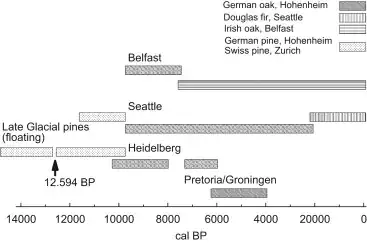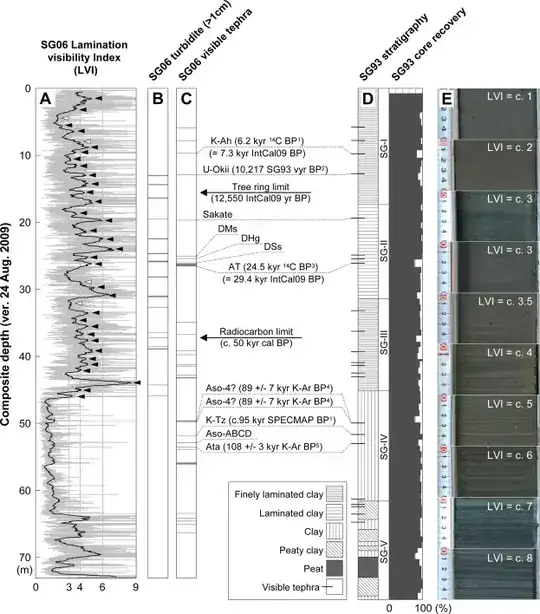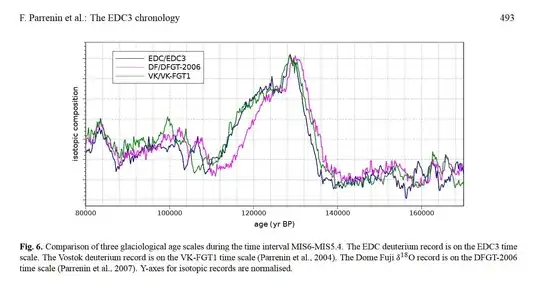For people who doubt radiometric dating, layer-counting may provide hard evidence for one or another minimum age of the earth. In its question-and-answer article on how the age of the earth is calculated, the website Biologos.org states:
The annual ice layers in glaciers provide a similar method [to tree-ring dendrochronology] that goes back much further in history. Each year, snowfall varies throughout the seasons and an annual layer is formed. Like the tree rings, this method can be verified by comparison to historical records for weather, as well as to records of volcanic eruptions around the globe that left thin dust layers on the glaciers. Scientists have drilled ice cores deep into glaciers and found ice that is 123,000 years old in Greenland and 740,000 years old in Antarctica. These annual layers go back much farther than the 10,000 years advocated by the young earth creationists. The Earth must be at least 740,000 years old.
"How are the ages of the Earth and universe calculated?" Biologos.org, emphasis added
This doesn't state outright that the annual ice layers go back 740,000 years, but it certainly implies it.
It was in 2005 that the researchers in Antarctica extracted a two-mile-tall plug of ice for historical climate research. While their purpose was to analyze the Earth's climate history by performing chemical analysis of the ice and not to determine the earth's age, it would by no means be impossible to learn something about the age of the earth from such a study.
...a team of researchers from the National Institute of Polar Research in Japan, drilled deep into an ice dome on the east Antarctic ice sheet called Dome Fuji. They extracted a core that spanned more than 700 millennia, including about seven cycles of glaciers warming, melting, and warming again.
The layers in the ice sheets are a lot like the rings in a tree stump: they can tell scientists about the environmental conditions when the layers formed. The presence of dust can indicate dry and windy periods, with gusts strong to blow debris in from South America. And the molecular compositions of the ice tells the scientists whether a layer formed during a warm or cold spell.
Besides all of the other work that they accomplished, has this Antarctica team (or any other) provided a layer-counting minimum age for the earth that is 700,000-years-or-greater without any contribution from radiometric dating? And if it's not 700,000+, then how far back is it?



